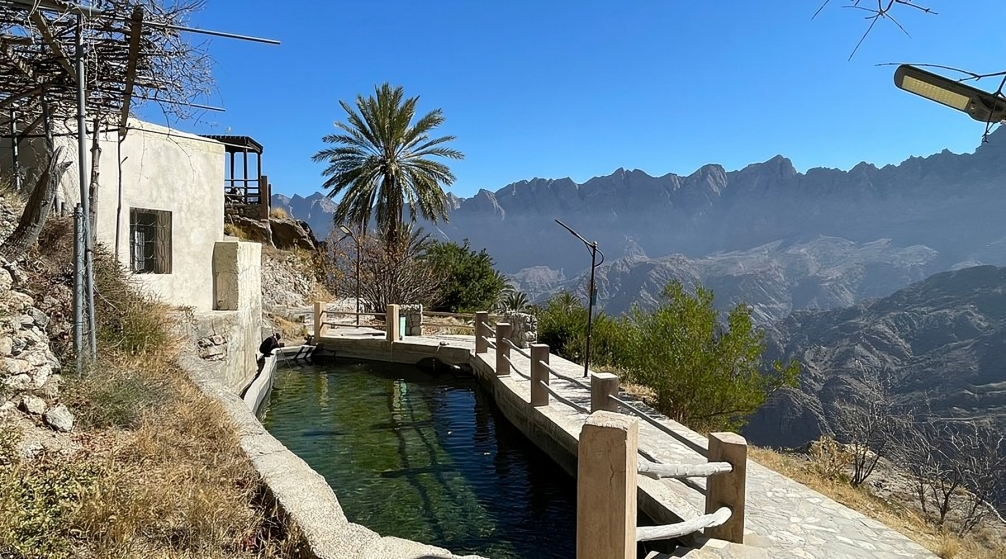MUSCAT: A groundbreaking geological discovery has placed Oman at the forefront of Earth science research with the identification of the Dani plume, an amagmatic mantle plume deep beneath the Salma Plateau. Unlike typical volcanic plumes in places like Hawaii or Iceland, this “phantom” plume does not cause eruptions or leave any surface evidence but instead subtly uplifts the land over millions of years. Detected through seismic imaging and careful analysis of wave behavior, the plume highlights a new dynamic within the Earth’s interior that scientists had not previously observed beneath continental crust.
Researchers found that this mantle plume sits around 200 to 300 kilometers beneath Oman’s surface, with temperatures significantly hotter than the surrounding rock. Over geological timescales, the Dani plume has gradually lifted ancient sedimentary layers by over 2,000 meters, a process still occurring today at a rate of less than one millimeter per year. The slow yet persistent uplift has shaped the local topography and contributes to ongoing crustal movement, offering geologists a rare window into Earth’s deep thermal and tectonic processes away from known volcanic regions.
The discovery was spearheaded by Dr. Simone Pilia and his international team, who utilized Oman’s geophysical monitoring network to detect unusual seismic wave patterns indicating a mass of hotter, less dense material deep underground. This silent plume is considered the first of its kind identified beneath a continental landmass, challenging prior assumptions that such mantle plumes only form under oceanic plates. It expands our understanding of how Earth’s interior heat and pressure influence surface landscapes in non-volcanic areas.
Beyond Oman’s borders, the implications of the Dani plume are far-reaching. Geologists now believe similar “ghost” plumes could exist undetected under other continents, shaping regional geology over millions of years without any obvious surface signs. The plume’s gradual push may even have played a role in ancient tectonic shifts linked to the formation of the Himalayas. This discovery invites further exploration of deep Earth processes across the Arabian Peninsula and offers new insights into the forces quietly molding our planet’s crust far below the surface.



